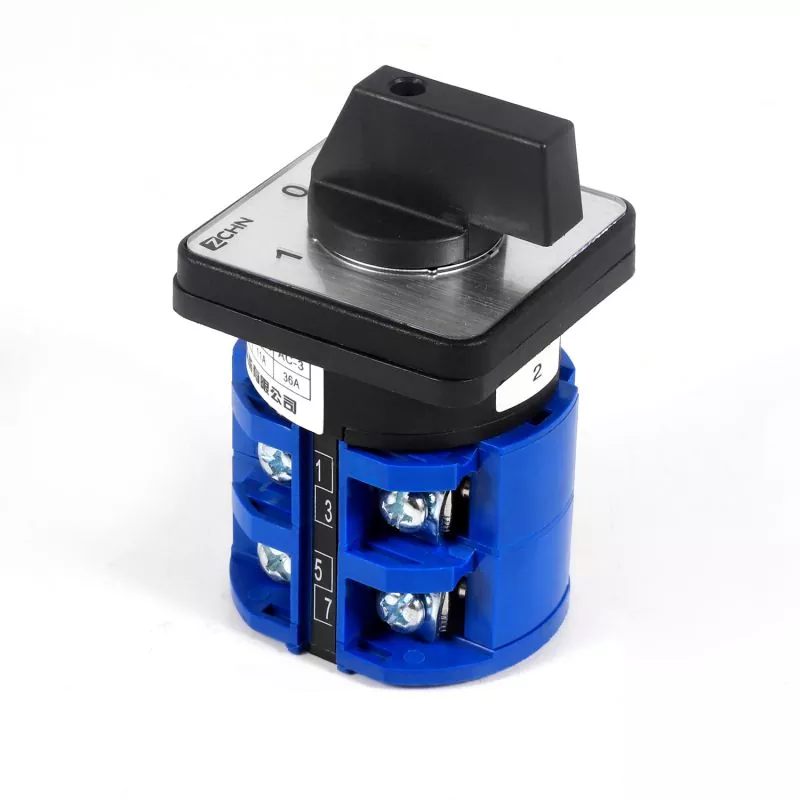What is the role of the isolating switch?
2025-04-29
Isolating switches are indispensable basic equipment in power systems. Their core function is to provide reliable physical isolation between electrical equipment and the power grid, ensuring safe operation during equipment inspection, maintenance or replacement. During the operation of the power system, the isolating switch forms a visible insulation gap by disconnecting the mechanical structure. This intuitive disconnection point can clearly indicate the circuit status, thereby avoiding electric shock or short-circuit accidents caused by misjudgment of live conditions.
Although the isolating switch itself does not have the ability to cut off load current or short-circuit current, its significance lies in creating a safe operating environment for other protective equipment such as circuit breakers. For example, when the equipment needs to be shut down for maintenance, the current in the circuit must be cut off by the circuit breaker first, and then the isolating switch must be operated to achieve physical isolation. If this order is reversed, arc discharge may occur, threatening the safety of equipment and personnel.
The design of the isolating switch must strictly follow standards such as withstand voltage, current carrying and mechanical strength to withstand continuous current and sudden short-circuit shock under normal working conditions. Its structure usually includes static contacts, moving contacts and insulating support components. Some high-voltage disconnectors are also equipped with grounding switches, which can eliminate residual charges by grounding after disconnecting the main circuit.
In the actual application of power systems, disconnectors are often used in bus switching, equipment switching and other scenarios, such as switching disconnectors in double-bus substations to achieve load transfer between different buses, or building multiple safety isolation barriers through multi-level disconnectors during transformer maintenance. It is worth noting that modern disconnectors are often used in conjunction with mechanical interlocking or electrical interlocking devices to ensure that they can only be operated in a no-current state. This design greatly improves the standardization and safety of the power system operation process.
As the basic component unit of the power network, the disconnector has a simple function, but it is an important cornerstone for maintaining the safe and stable operation of the entire system.


